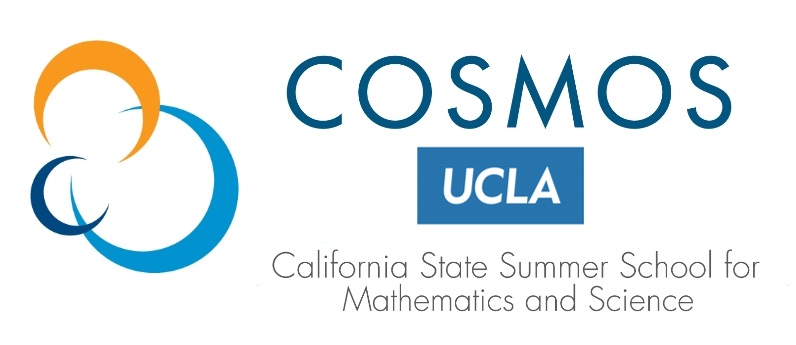Coursework Prerequisites
Jonathan Marcot, Adjunct Professor, Ecology and Evolutionary Biology, UCLA
Karen Sears, Professor and Department Chair, Ecology and Evolutionary Biology, UCLA and Professor, Molecular, Cell and Developmental Biology, UCLA
Coursework Prerequisites
High school-level biology
Course Description
Charles Darwin ended his Origin of the Species with “…endless forms most beautiful and most
wonderful have been, and are being, evolved.” While he got this mostly right, he missed the
mark on one key word – “endless.” Even a cursory look around the natural world reveals that the
diversity of animal form, while arguably beautiful and wonderful, is not endless. Some animal
forms have evolved repeatedly (e.g., fewer than five fingers or toes in vertebrates), while others
have never evolved (e.g., more than four limbs in vertebrates). Why this is the case remains one
of the largest outstanding questions in modern biology, and will be the focus of this module.
Through lectures, activities, and projects, students in this module will have the opportunity to
explore the evolution of animal form and how intrinsic, developmental processes have interacted
with extrinsic, selective pressures to generate its patchy distribution. Students will participate in
field trips to relevant local sites (Natural Museum of Natural History, LA Zoo). Students will also engage in hands-on, guided projects using museum collections and wet-lab experiments. Potential projects will vary based on student interest, and may include analyses of the morphometrics of animal skeletons, gene expression of developing animals, comparative embryology of animals, or immunohistochemistry of animal tissues. Students will also take part in workshops on scientific communication. Finally, students in small groups will design and complete their own projects on some aspect of the evolution of animal form and will conclude by presenting the results of their findings.
Final Project
Students in small groups will design and complete their own projects on some aspect of the evolution of animal form and will conclude by presenting the results of their findings. Students will be free to use museum collections and/or wet or dry lab approaches to complete their projects and will be guided in project design, completion, and presentation by the PIs and graduate students.
Possible Field Trips
We propose two, day-long field trips: Week 1 – Natural History Museum of
Los Angeles County, including collections tour, Week 3 – LA Zoo. We have
previously taken undergraduate students on similar trips with success.
